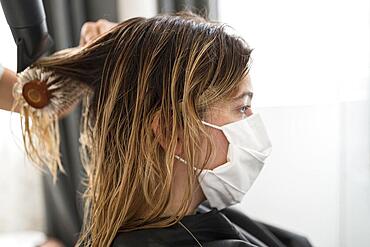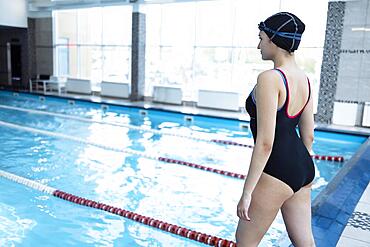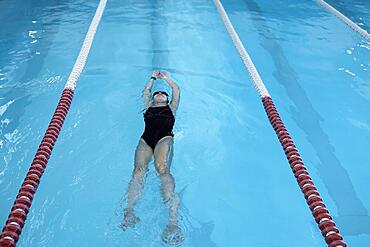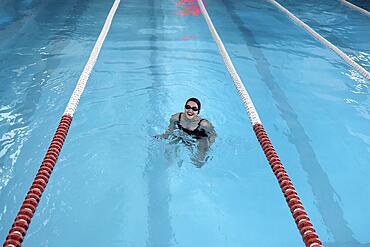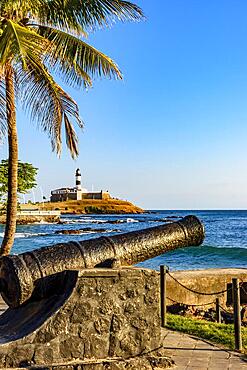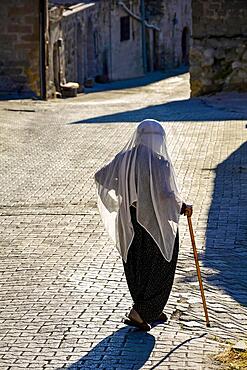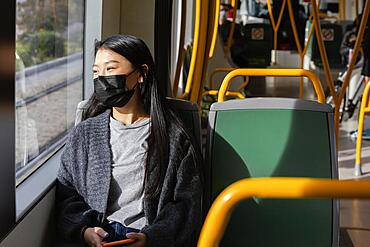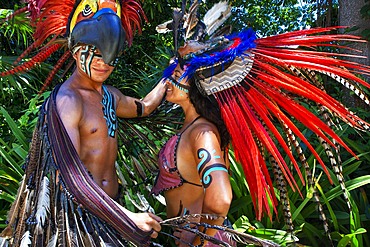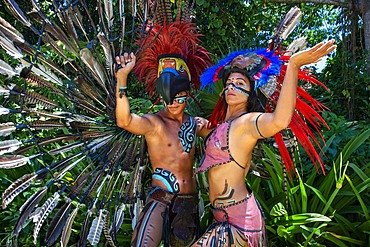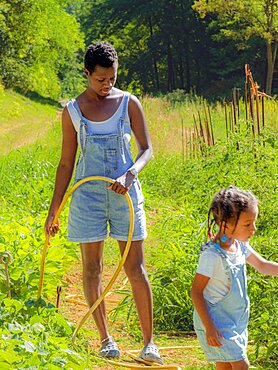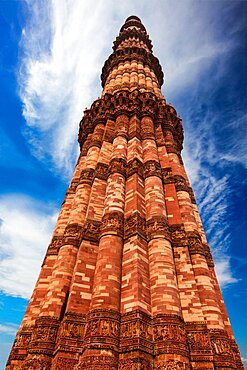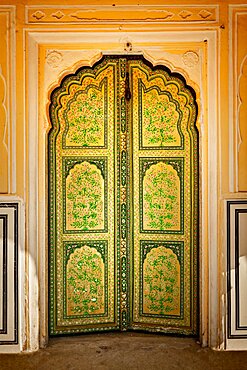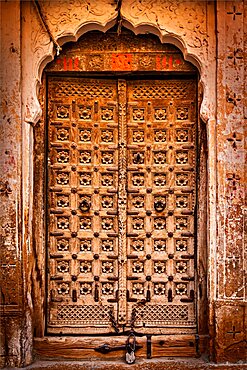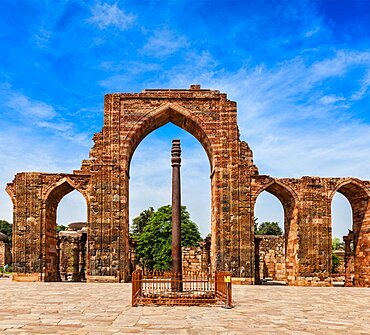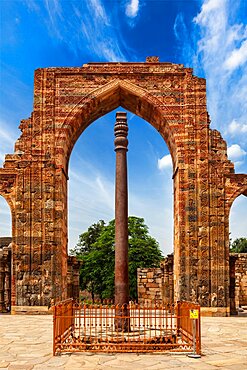Recent searches
Loading...
860-292479 - Traditional Muslim children: girls wear abayas, boys wear kofias, traditional hats, on their way to school in the narrow streets of Stone Town, capital of Zanzibar, Tanzania.
860-291890 - Takamaka Valley, Saint Benoit, Reunion Island, France
860-291889 - Takamaka Valley, Saint Benoit, Reunion Island, France
860-291888 - Takamaka Valley, Saint Benoit, Reunion Island, France
832-404387 - Black skinned girl with afro hair wearing a pink dress and black jacket, having a coffee and making a video call from work very happy. Sitting on a pink sofa, young enterprising woman in a hotel
832-404324 - Caucasian brunette writing a message on the phone, wearing a pink wool jacket in an empty car park. Night urban session in the city
832-404323 - Caucasian brunette taking a selfie on the phone, wearing a pink wool jacket in an empty car park. Night urban session in the city
832-403698 - Young woman runner getting ready run track
832-403686 - Front view woman tying her shoelaces before exercising
832-403820 - Orange holi color woman s face wearing sunglasses
832-403774 - Specialist female doctor wearing white robe
832-403759 - People with medical masks coronavirus safety
832-403168 - Wearing medical mask learning through virtual classes
832-403146 - Close up sideways client hair salon wearing medical mask
832-403115 - Portrait pretty young girl posing swim wear
832-402409 - A beautiful model wears a hijab in the middle of the Sahara desert
860-291784 - The Trou de fer, Bras-Panon, Salazie, Reunion Island, France
860-291782 - The Trou de fer, Bras-Panon, Salazie, Reunion Island, France
860-291783 - The Trou de fer, Bras-Panon, Salazie, Reunion Island, France
860-291781 - The Trou de fer, Bras-Panon, Salazie, Reunion Island, France
860-291732 - Village of Baume-les-Messieurs, 'Most beautiful village in France', Jura, France
860-291731 - Abbey and village of Baume-les-Messieurs, 'Most beautiful village in France', Jura, France
860-291522 - Cap Blanc-nez in the mist at sunrise, Opal Coast, Pas-de-Calais, France
832-400411 - Young attractive happy woman practicing yoga, doing Padmasana exercise, Lotus pose with mudra, working out, wearing sportswear, white tank top, indoor full length, home or sport club, closeup
832-400384 - Happy people on the beach having a party, drinking and having a lot of fun in the sunset, they are wearing smart casual clothes and drink champagne
832-400378 - Portrait of a fit woman catcher in the pool. Portrait of a competitive female catcher near the use. Young swimmer wears a swim cap and puts away goggles
832-400353 - Cheerful smiling african american girl relaxing on couch with cup of coffee, resting at home, enjoying day off, wearing warm clothes
832-400346 - Portrait of a fit woman catcher in the pool. Portrait of a competitive female catcher near the use. Young swimmer wears a swim cap and puts away goggles
832-400338 - Young african american girl eating classic burger and drinking lemonade in the city. Outdoor woman wearing summer blouse with polka dots eatting delicious burger while sitting at terrace. Woman in blue tasting sandwich having joyful look admiring sunny w
832-400337 - Cheerful smiling african american girl relaxing on couch with cup of coffee, resting at home, enjoying day off, wearing warm clothes
832-400335 - Portrait of a fit woman catcher in the pool. Portrait of a competitive female catcher near the use. Young swimmer wears a swim cap and puts away goggles
832-400332 - Young adult happy fit slim healthy African American ethnic woman wearing sportswear sitting in yoga pose at home in living room, doing fitness morning workout exercises training
832-400331 - African American young woman wear pajamas sleeping on the bed at home, closed eyes, taking a break. Black millennial girl resting, top view. Relax, doze, lazy day
832-400330 - Portrait of a fit woman catcher in the pool. Portrait of a competitive female catcher near the use. Young swimmer wears a swim cap and puts away goggles
832-400324 - African millennial woman wearing white wireless headphones, listening music, resting and lying on couch in living room. Girl spend lazy weekend at home
832-400318 - Portrait of a fit woman catcher in the pool looking to the camera. Portrait of a competitive female catcher near the use. Young swimmer wears a swim cap and puts away goggles
832-400315 - Pretty young middle eastern woman wearing hijab using laptop at home. Muslim girl preparing for entry exams. Home education and online studing concept
832-400313 - Fit woman catcher in the pool. Competitive female catcher near the use. Young swimmer wears a swim cap and puts away goggles. Health and sport concept
832-400309 - Portrait of a fit woman catcher in the pool looking to the camera. Portrait of a competitive female catcher near the use. Young swimmer wears a swim cap and puts away goggles
832-400301 - Portrait of a fit woman catcher in the pool looking away. Portrait of a competitive female catcher near the use. Young swimmer wears a swim cap and puts away goggles
832-400221 - Old cannon from the time of the empire used in the defense of the city of Salvador in Bahia, with Farol da Barra and the sea in the background, Brasil
832-400178 - Old lady wearing the clothes and Islam veil walking the streets of Goreme in Cappadocia, Turkey, Capadocia, Goreme, Brasil, Asia
832-399650 - French Bulldog dog playing fetch with a flying disc toy
832-399061 - Lifestyle of a woman smiling in a summer lavender field wearing a white dress with a hat
832-399060 - Lifestyle of a woman smiling in a summer lavender field wearing a white dress
832-398951 - Blue red fawn French Bulldog dog puppy wearing blue bow tie
832-398949 - Merle tan French Bulldog dog wearing pink dog harness in front of gray wall
832-398942 - Cute French Bulldog dog wearing red Valentines Day heart with text LOVE around neck isolated on white background
832-398938 - French Bulldog dog wearing pink heart shaped Valentine's day glasses between seasonal decoration
832-398547 - Side view of merle tan French Bulldog dog with long nose wearing pink dog harness
832-398516 - Professional ballet dancers training pointe shoes
832-398471 - man mountain biking equipment riding his bike
832-398465 - man wearing virtual reality gadget with orange light
1350-6608 - Mexican aztec dress gods at Grand Palladium White Sand Resort and Spa in Riviera Maya, Yucatan Peninsula, Quintana Roo, Caribbean Coast, Mexico.
Aztec clothing was generally loose fitting and did not completely cover the body. When the Spanish arrived in Mexico, the people were surprised to see them in their full armour, with only their faces exposed.
Aztec clothes were generally made of cotton (which was imported) or ayate fiber, made from the Maguey Cactus (also called the Century Plant or American Aloe). Women would weave the fibers into clothing, a task girls were taught as young teenagers. Because of their vast trading network, the Aztecs were able to make use of a beautiful array of dyes, creating the brilliant
1350-6595 - Mexican aztec dress gods at Grand Palladium White Sand Resort and Spa in Riviera Maya, Yucatan Peninsula, Quintana Roo, Caribbean Coast, Mexico.
Aztec clothing was generally loose fitting and did not completely cover the body. When the Spanish arrived in Mexico, the people were surprised to see them in their full armour, with only their faces exposed.
Aztec clothes were generally made of cotton (which was imported) or ayate fiber, made from the Maguey Cactus (also called the Century Plant or American Aloe). Women would weave the fibers into clothing, a task girls were taught as young teenagers. Because of their vast trading network, the Aztecs were able to make use of a beautiful array of dyes, creating the brilliant
1365-79 - Bridges over the River Tyne, Newcastle-upon-Tyne, Tyne and Wear, England, United Kingdom, Europe
1365-80 - Gateshead Millennium Bridge, Newcastle-upon-Tyne, Tyne and Wear, England, United Kingdom, Europe
1365-78 - The Sage, Gateshead, Tyne and Wear, England, United Kingdom, Europe
1365-77 - Gateshead Millennium Bridge, Newcastle-upon-Tyne, Tyne and Wear, England, United Kingdom, Europe
1365-76 - The Sage, Gateshead, Tyne and Wear, England, United Kingdom, Europe
1365-75 - The Sage, Gateshead, Tyne and Wear, England, United Kingdom, Europe
1365-74 - Tyne Bridge at dusk, Newcastle-upon-Tyne, Tyne and Wear, England, United Kingdom, Europe
1365-73 - Tyne Bridge at dusk, Newcastle-upon-Tyne, Tyne and Wear, England, United Kingdom, Europe
1365-72 - Tyne Bridge at dusk, Newcastle-upon-Tyne, Tyne and Wear, England, United Kingdom, Europe
1365-71 - Gateshead Millennium Bridge, Newcastle-upon-Tyne, Tyne and Wear, England, United Kingdom, Europe
1365-70 - Gateshead Millennium Bridge, Newcastle-upon-Tyne, Tyne and Wear, England, United Kingdom, Europe
1365-69 - Gateshead Millennium Bridge, Newcastle-upon-Tyne, Tyne and Wear, England, United Kingdom, Europe
1365-67 - Gateshead Millennium Bridge, Newcastle-upon-Tyne, Tyne and Wear, England, United Kingdom, Europe
1365-68 - Gateshead Millennium Bridge, Newcastle-upon-Tyne, Tyne and Wear, England, United Kingdom, Europe
1365-66 - Tyne Bridge, Newcastle-upon-Tyne, Tyne and Wear, England, United Kingdom, Europe
1365-65 - Gateshead Millennium Bridge at night, Newcastle-upon-Tyne, Tyne and Wear, England, United Kingdom, Europe
1365-64 - The Sage, Gateshead, Tyne and Wear, England, United Kingdom, Europe
1365-63 - Tyne Bridge and Swing Bridge, Newcastle-upon-Tyne, Tyne and Wear, England, United Kingdom, Europe
1365-62 - Tyne Bridge, Newcastle-upon-Tyne, Tyne and Wear, England, United Kingdom, Europe
1365-61 - Bridges over the River Tyne, Newcastle-upon-Tyne, Tyne and Wear, England, United Kingdom, Europe
1365-60 - Gateshead Millennium Bridge, Newcastle-upon-Tyne, Tyne and Wear, England, United Kingdom, Europe
1365-59 - Tyne Bridge at sunrise, Newcastle-upon-Tyne, Tyne and Wear, England, United Kingdom, Europe
832-398152 - Cute French Bulldog dog wearing Halloween costume with red devil horns and tail
832-398137 - French Bulldog dog puppy wearing a paper crown with lace and ribbons on pink background with empty copy space
832-398007 - African little girl walking in the farm vegetable garden taking care of plants wearing denim salopette in summertime
832-398006 - African little girl in the farm vegetable garden taking care of plants wearing denim salopette in summertime
832-398129 - Merle French Bulldog dog wearing collar with rope retriever leash
832-398144 - French Bulldog dog with blue neckerchief lying down between wooden industrial cable drums
832-398145 - Female period concept with panty liner with symbolic paper blood
832-398005 - Short haired young african woman and daughter watering vegetable garden with hose taking care of vegetables in the organic farm wearing denim dungarees
832-398150 - Black French Bulldog dog wearing pink tutu skirt with glasses saying 'Happy Birthday'
832-398149 - French Bulldog dog wearing pink sunglasses and Mexican straw hat
832-397722 - Qutub Minar, the tallest minaret in India, UNESCO World Heritage Site. Qutub Complex, Delhi, India, Asia
832-397707 - Wooden old ornamented door vintage texture background
832-397726 - Wooden old door vintage texture background
832-397721 - Iron pillar in Qutub complex, metallurgical curiosity. Qutub Complex, Delhi, India, Asia
832-397723 - Iron pillar in Qutub complex, metallurgical curiosity. Delhi, India, Asia
832-397782 - Young blue French Bulldog dog wearing a vampire costume cloak sitting in Halloween box surrounded by pumpkin and spider webs
















